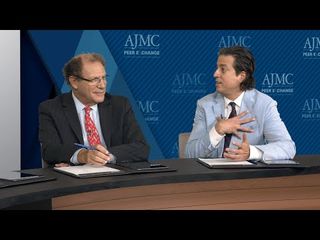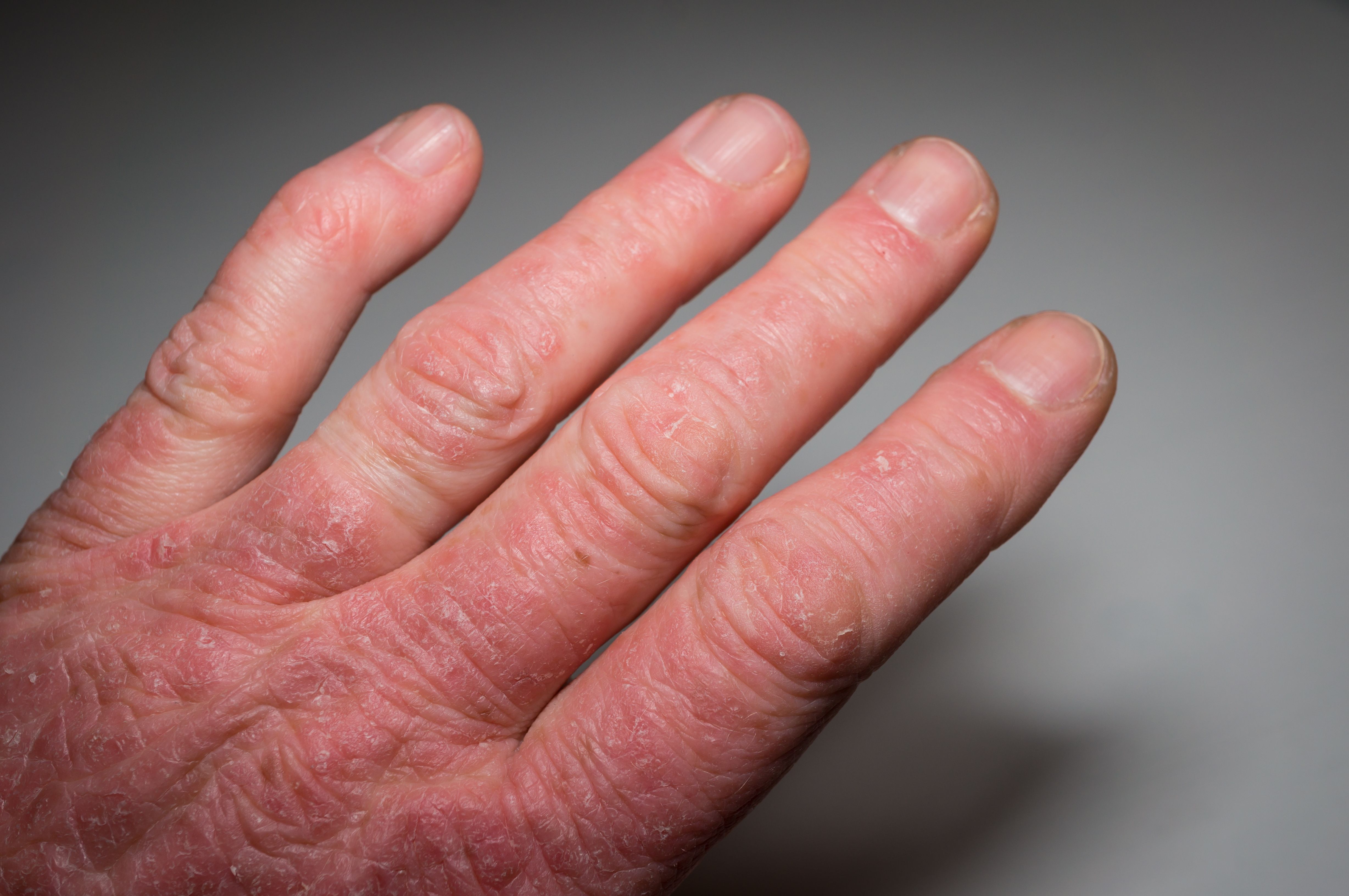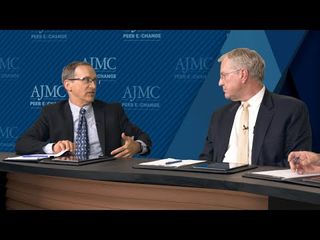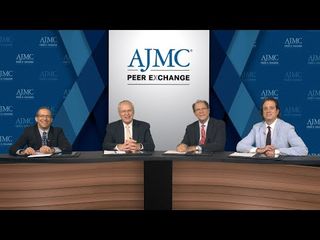
Psoriasis
Latest News
Latest Videos
CME Content
More News

Efficacy of biologics was observed in both men and women with psoriasis, although female patients reported a greater impact from the disease on quality of life (QOL) and lower treatment satisfaction.

Risk of ectopic pregnancy, the leading cause of maternal morbidity and mortality in the first trimester of pregnancy, was significantly associated with psoriasis in Danish women, especially those with moderate to severe disease.

US adult outpatients with psoriasis have a greater risk of developing nonalcoholic fatty liver disease compared with those without the skin condition.

Real-world patients with moderate to severe plaque psoriasis who had experienced prior biologic failure demonstrated significant improvement and an adequate safety profile with risankizumab treatment.

Real-world patients with psoriasis demonstrated significant improvement in difficult-to-treat scalp, nail, palmoplantar, and genital disease manifestations with the IL-23 inhibitor tildrakizumab.

Significantly greater persistence, adherence, and time on monotherapy was achieved with the use of ixekizumab vs the biologics adalimumab, etanercept, secukinumab, and ustekinumab, in the treatment of moderate to severe psoriasis.

Patients with psoriatic disease who live in low-income countries exhibited the highest disease activity and impact despite similar usage of biologic drugs to that of higher-income areas.

Bimekizumab demonstrated a favorable long-term safety profile for the treatment of moderate to severe psoriasis, aside from an increased incidence of mild to moderate oral candidiasis that was also observed with short-term exposure.

An overlapping comorbidity profile was observed among patients with plaque psoriasis and palmoplantar pustulosis, although risks of certain comorbid conditions varied between the 2 groups.

A significantly greater risk of cardiovascular events was observed among a multiethnic Brazilian population of patients with psoriasis and psoriatic arthritis vs controls, in which those in the sixth decade of life had the highest risk.

Stephen Rozzo, PhD, associate vice president and head, Biologics Medical Affairs, Sun Pharma, North America, discussed next steps in the evaluation of tildrakizumab for the treatment of psoriasis.

Lifestyle behaviors, such as body mass index and smoking, were shown to have a greater predictive impact regarding development of psoriasis compared with genetic predisposition.

Stephen Rozzo, PhD, associate vice president and head, Biologics Medical Affairs, Sun Pharma, North America, discussed findings of 2 phase 4 real-world studies on tildrakizumab, which showed that patients achieved significant improvement in severity and quality of life by week 4 of treatment.

Pediatric patients with psoriasis exhibited significant improvements in self-reported outcomes and objective measures of complete skin clearance when treated with ixekizumab vs placebo, with no new safety findings identified.

Stephen Rozzo, PhD, associate vice president and head, Biologics Medical Affairs, Sun Pharma, North America, spoke on the design of the 2 phase 4 real-world studies investigating severity and quality of life impact of tildrakizumab for the treatment of psoriasis.

Patient-reported treatment goals for psoriasis showed varied preferences according to characteristics such as age, severity, and gender, but the top goal overall was to have confidence in the therapy.

Stephen Rozzo, PhD, associate vice president and head, Biologics Medical Affairs, Sun Pharma, North America, explains tildrakizumab’s mechanisms of action in the treatment of psoriasis and how the drug differs from other approved biologics.

Two abstracts presented at the 2022 American Academy of Dermatology (AAD) Annual Meeting explored the health-related quality of life (QOL) and mental health impact of psoriasis disease burden by severity and affected body region.

Longer drug survival was associated with interleukin-17 (IL-17) inhibitors vs tumor necrosis factor (TNF) inhibitors in the treatment of psoriasis and psoriatic arthritis, but persistence rates for first-line biologics overall remained low.

Soumya Chakravarty, MD, PhD, FACP, FACR, strategic lead, Rheumatology Therapeutic Area at Janssen, speaks on nontherapeutic approaches to manage symptom burden of psoriatic arthritis.

Lower risk of discontinuation was found with ustekinumab vs the biologics adalimumab, secukinumab, and ixekizumab, in the treatment of patients with moderate to severe psoriasis.

Taiwanese patients with psoriasis were found to be at greater risk of developing gout; nonsteroidal anti-inflammatory drug use was shown to decrease such risk.

The study called for increased education, productive health care professional dialogue, and shared decision-making in the management of patients with psoriasis and psoriatic arthritis.

Cardiac troponin I (cTnI) and N-terminal pro-brain-type natriuretic peptide (NT-proBNP) were associated with incident cardiovascular events in patients with psoriatic disease.

Soumya Chakravarty, MD, PhD, FACP, FACR, strategic lead, Rheumatology Therapeutic Area at Janssen, spoke on adverse patient outcomes caused by diagnostic delays in psoriatic arthritis and progress made to address this unmet need.


















































